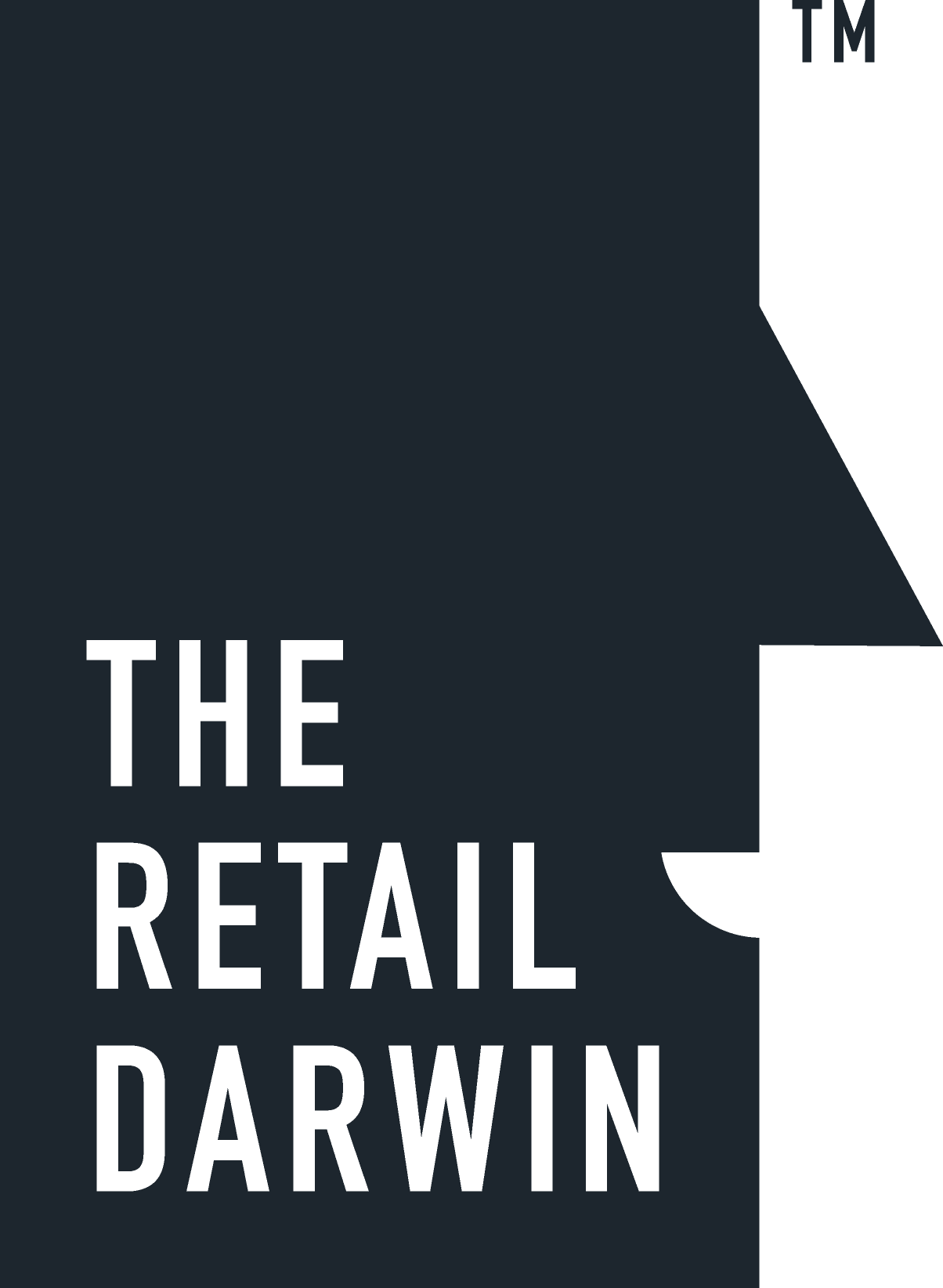Carefully Measured
Stitch Fix is expanding upon its high-end offering to attract a new consumer base.
In the first quarter of 2018, Stitch Fix incorporated brands like Theory, Diane von Furstenberg, HELMUT LANG, and MOTHER to the “Luxe” category, adding to the initial test group of over 100 brands including Alice + Olivia, Rag & Bone, and John Varvatos. The goal is to bring in more clients who shop within the $200 to $600 price range per item. Currently, Stitch Fix has a customer base of 2.4 million people and an inventory with garments that range between $50 and $150.
For most brands, having items appear in a box alongside lower-market merchandise does not jive with their adjacency strategy. How does Stitch Fix convince upscale brands to partner with an alternative distribution model like theirs? Well, it’s hard for brands to say no to little-to-zero discounting, exposure to new customers, and most importantly, access to an unprecedented amount of data as well as insight on how to digest and act upon the data they’re receiving. Stitch Fix built its business around vast data collection and analytics, and its success depends on how well it can predict what its customers will ultimately buy — and decipher why when they do not.
But can you be loyal to an algorithm? According to a report by the Information, Stitch Fix might face issues with customer retention: data extracted from credit card transactions suggest the novelty of its service wears off quickly. Customers who stay for two years spend half as much in the second year as the first.
Sources: Glossy (March 19, 2018) | Fast Company (February 28, 2018) | Image: Laura Pittaccio


